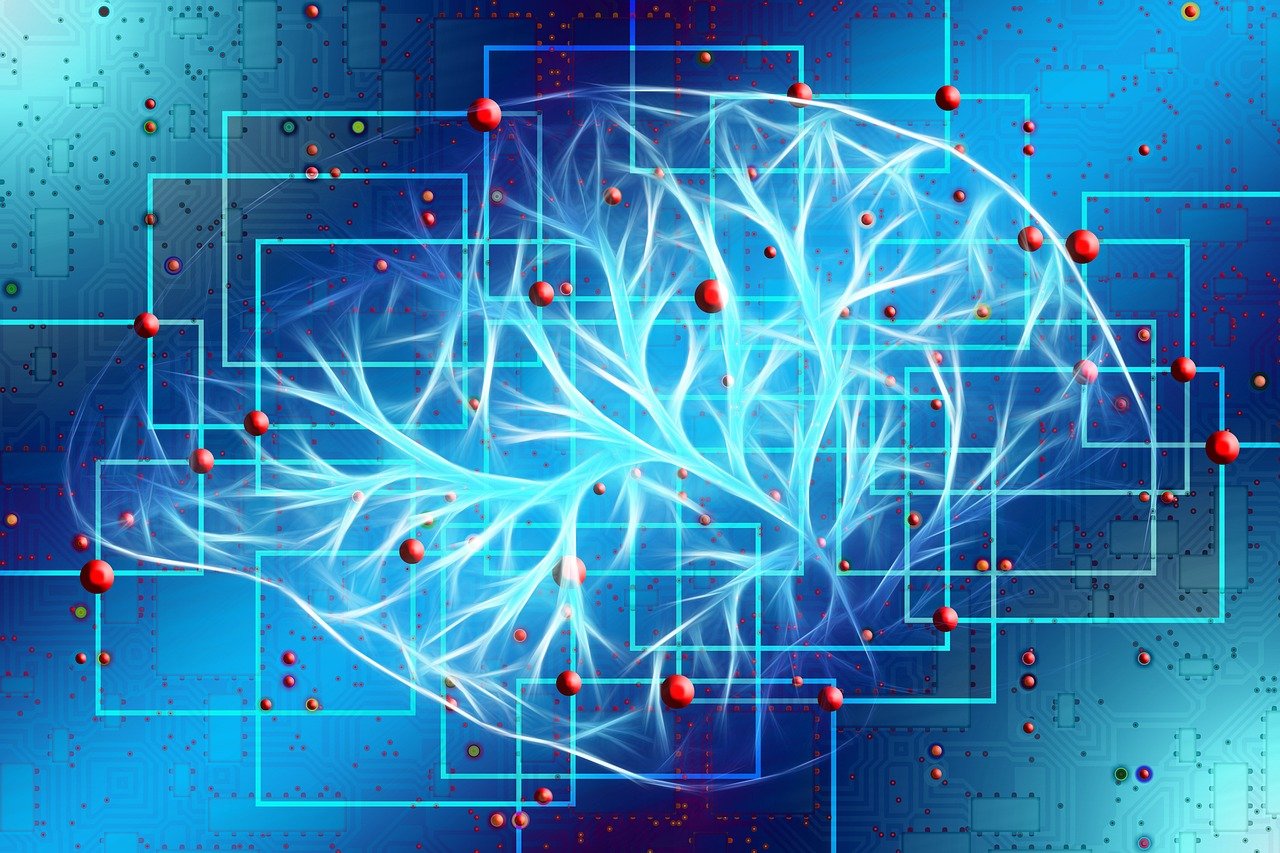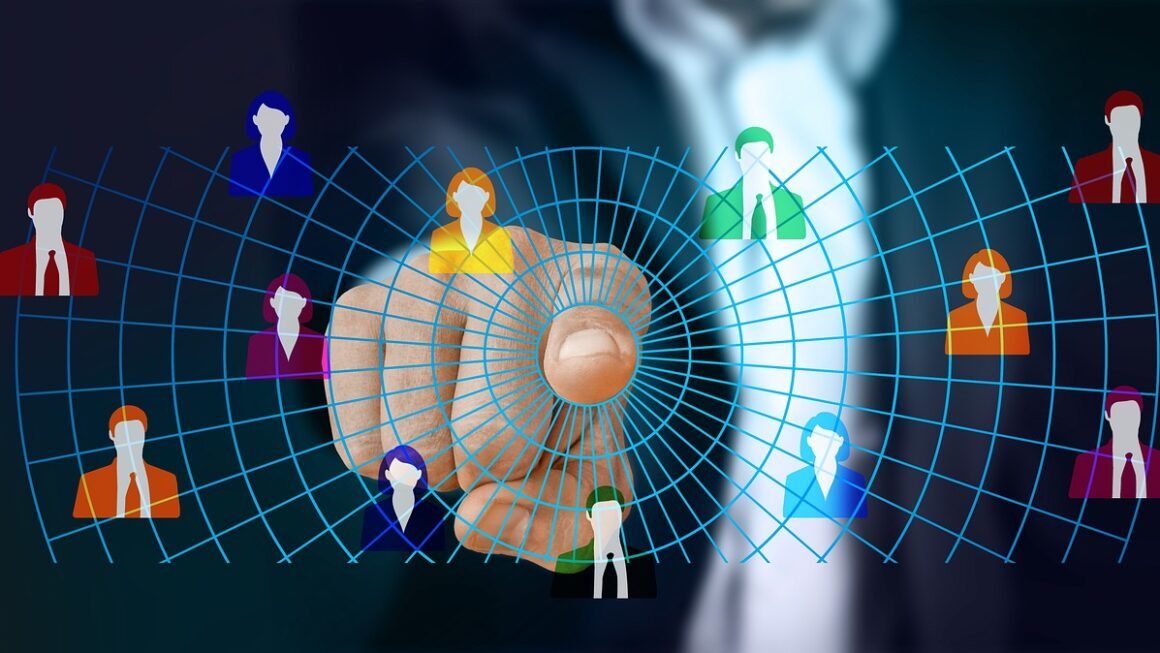Imagine a world where computers learn like humans, identifying patterns, making decisions, and solving complex problems with ease. This isn’t science fiction; it’s the reality powered by neural networks, a revolutionary technology transforming industries from healthcare to finance. This comprehensive guide will delve into the fascinating world of neural networks, exploring their architecture, applications, and the profound impact they’re having on our lives.
What are Neural Networks?
Neural networks, also known as artificial neural networks (ANNs), are computational models inspired by the structure and function of biological neural networks in the human brain. They are the backbone of many modern deep learning applications, enabling machines to learn from vast amounts of data.
The Inspiration: The Human Brain
The fundamental building block of a neural network is the neuron, or node. Just as biological neurons receive, process, and transmit signals, artificial neurons perform mathematical operations on input data. These neurons are interconnected in layers, forming a complex network capable of learning intricate patterns. The strength of the connections between neurons, represented by weights, determines the influence one neuron has on another. This mimicking of biological processes allows neural networks to excel at tasks that are difficult for traditional algorithms.
Key Components of a Neural Network
Understanding the basic components of a neural network is crucial for grasping its functionality:
- Input Layer: Receives the initial data, such as images, text, or numerical values. Each node in this layer represents a feature of the input data.
- Hidden Layers: Perform complex calculations on the input data, transforming it into a more meaningful representation. The number of hidden layers and neurons within each layer is a key design consideration. Deep learning refers to neural networks with multiple hidden layers.
- Output Layer: Produces the final result, such as a classification label (e.g., “cat” or “dog”) or a predicted value (e.g., stock price).
- Weights: Represent the strength of the connection between neurons. These are adjusted during the learning process to improve the network’s accuracy.
- Biases: Added to the weighted sum of inputs to each neuron, providing an additional parameter for tuning the network’s output.
- Activation Function: Introduces non-linearity into the network, allowing it to learn complex patterns. Common activation functions include ReLU (Rectified Linear Unit), Sigmoid, and Tanh.
A Simple Example: Predicting House Prices
Imagine a neural network designed to predict house prices based on features like size (square footage), number of bedrooms, and location. The input layer would have three nodes, one for each feature. Hidden layers would process these features, learning relationships between them and the house price. The output layer would have a single node representing the predicted price. During training, the network adjusts the weights and biases to minimize the difference between its predictions and the actual house prices in a training dataset.
How Neural Networks Learn: The Training Process
The power of neural networks lies in their ability to learn from data. This learning process involves adjusting the weights and biases of the network to minimize a loss function, which measures the difference between the network’s predictions and the actual values.
Supervised Learning
This is the most common training paradigm. In supervised learning, the network is provided with labeled data, consisting of input features and corresponding correct outputs. The network learns to map inputs to outputs by minimizing the loss function. Algorithms like gradient descent are used to iteratively adjust the weights and biases, moving towards the minimum of the loss function.
- Example: Training a neural network to classify images of cats and dogs. The input is an image, and the label is either “cat” or “dog.”
- Process: The network processes the image, makes a prediction, and compares its prediction to the correct label. The weights and biases are then adjusted based on the error.
Unsupervised Learning
In unsupervised learning, the network is given unlabeled data and tasked with discovering patterns and structures within the data. This can involve clustering similar data points together or reducing the dimensionality of the data.
- Example: Clustering customers based on their purchasing behavior. The input is customer purchase data, and the network identifies groups of customers with similar preferences.
- Algorithms: Common unsupervised learning algorithms used in neural networks include autoencoders and generative adversarial networks (GANs).
Reinforcement Learning
Reinforcement learning involves training an agent to make decisions in an environment to maximize a reward. The agent learns through trial and error, receiving feedback in the form of rewards or penalties.
- Example: Training a neural network to play a game. The agent (neural network) takes actions in the game environment, receives rewards based on its performance, and learns to choose actions that maximize its score.
- Applications: Robotics, game playing, and resource management.
Backpropagation: The Engine of Learning
Backpropagation is a fundamental algorithm used to train many neural networks. It involves calculating the gradient of the loss function with respect to the weights and biases, and then using this gradient to update the parameters. This process is repeated iteratively until the network converges to a minimum of the loss function.
Types of Neural Networks
The field of neural networks is diverse, with various architectures designed for specific tasks. Here are some of the most common types:
Feedforward Neural Networks (FFNNs)
- Description: The simplest type of neural network, where information flows in one direction, from the input layer to the output layer.
- Applications: Classification, regression, and general-purpose tasks.
- Limitations: Not well-suited for sequential data or tasks with temporal dependencies.
Convolutional Neural Networks (CNNs)
- Description: Designed for processing images and videos. CNNs use convolutional layers to extract features from the input data, such as edges, textures, and shapes.
- Key Features:
Convolutional layers: Apply filters to the input data to extract features.
Pooling layers: Reduce the spatial dimensions of the feature maps, making the network more robust to variations in the input.
Fully connected layers: Combine the extracted features to make a final prediction.
- Applications: Image recognition, object detection, and video analysis.
- Example: Classifying images of different types of animals.
Recurrent Neural Networks (RNNs)
- Description: Designed for processing sequential data, such as text and time series. RNNs have recurrent connections that allow them to maintain a memory of previous inputs.
- Key Features:
Recurrent connections: Allow the network to pass information from one time step to the next.
Hidden state: Maintains a memory of previous inputs.
- Applications: Natural language processing, machine translation, and speech recognition.
- Example: Predicting the next word in a sentence.
Long Short-Term Memory (LSTM) Networks
- Description: A type of RNN that is better at capturing long-range dependencies in sequential data. LSTMs use a gating mechanism to control the flow of information into and out of the memory cell.
- Key Features:
Cell state: Maintains a long-term memory.
Input gate: Controls the flow of information into the cell.
Forget gate: Controls the flow of information out of the cell.
* Output gate: Controls the output of the cell.
- Applications: Machine translation, speech recognition, and time series forecasting.
Generative Adversarial Networks (GANs)
- Description: A type of neural network that can generate new data that is similar to the training data. GANs consist of two networks: a generator and a discriminator. The generator tries to create realistic data, while the discriminator tries to distinguish between real and generated data.
- Applications: Image generation, text generation, and music generation.
- Example: Generating realistic images of faces.
Real-World Applications of Neural Networks
Neural networks are transforming various industries with their ability to solve complex problems and automate tasks.
Healthcare
- Diagnosis: Neural networks can analyze medical images to detect diseases like cancer and Alzheimer’s with high accuracy.
- Drug discovery: They can predict the efficacy and toxicity of new drugs, accelerating the drug development process.
- Personalized medicine: Neural networks can analyze patient data to tailor treatment plans to individual needs.
- Example: Google’s Lymph node Assistant (LYNA) uses a CNN to assist pathologists in identifying metastatic breast cancer, increasing detection accuracy and reducing the time required for diagnosis.
Finance
- Fraud detection: Neural networks can identify fraudulent transactions in real-time, protecting financial institutions and customers.
- Risk assessment: They can assess the risk of lending to individuals or businesses, improving lending decisions.
- Algorithmic trading: Neural networks can analyze market data to make profitable trading decisions.
- Example: Banks use neural networks to analyze transaction patterns and identify suspicious activities that may indicate fraud, such as unusual spending patterns or transactions from unfamiliar locations.
Transportation
- Self-driving cars: Neural networks are essential for enabling self-driving cars to perceive their environment, navigate roads, and avoid obstacles.
- Traffic prediction: They can predict traffic patterns, allowing for better traffic management and route optimization.
- Logistics optimization: Neural networks can optimize logistics operations, reducing costs and improving efficiency.
- Example: Tesla uses neural networks extensively in its Autopilot system to process data from cameras, radar, and ultrasonic sensors, enabling features like lane keeping, adaptive cruise control, and automatic emergency braking.
Natural Language Processing (NLP)
- Machine translation: Neural networks power machine translation systems like Google Translate, enabling seamless communication between people who speak different languages.
- Chatbots: They can create intelligent chatbots that can understand and respond to human language, providing customer support and automating tasks.
- Sentiment analysis: Neural networks can analyze text to determine the sentiment expressed, such as positive, negative, or neutral.
- Example: GPT-3 (Generative Pre-trained Transformer 3) is a powerful language model that can generate human-quality text, answer questions, and even write code.
Manufacturing
- Quality control: Neural networks can detect defects in products on assembly lines, improving product quality and reducing waste.
- Predictive maintenance: They can predict when machines are likely to fail, allowing for preventative maintenance and reducing downtime.
- Process optimization: Neural networks can optimize manufacturing processes, improving efficiency and reducing costs.
- Example: Companies are using neural networks to analyze sensor data from manufacturing equipment to predict potential failures and schedule maintenance proactively, preventing costly breakdowns and downtime.
Conclusion
Neural networks are a powerful and versatile technology with the potential to revolutionize many aspects of our lives. From healthcare to finance to transportation, neural networks are already making a significant impact, and their capabilities are only expected to grow in the coming years. As the amount of data continues to increase and computing power becomes more affordable, neural networks will undoubtedly play an even more prominent role in shaping the future. Learning about neural networks and understanding their potential is crucial for anyone interested in the future of technology and its impact on society.



